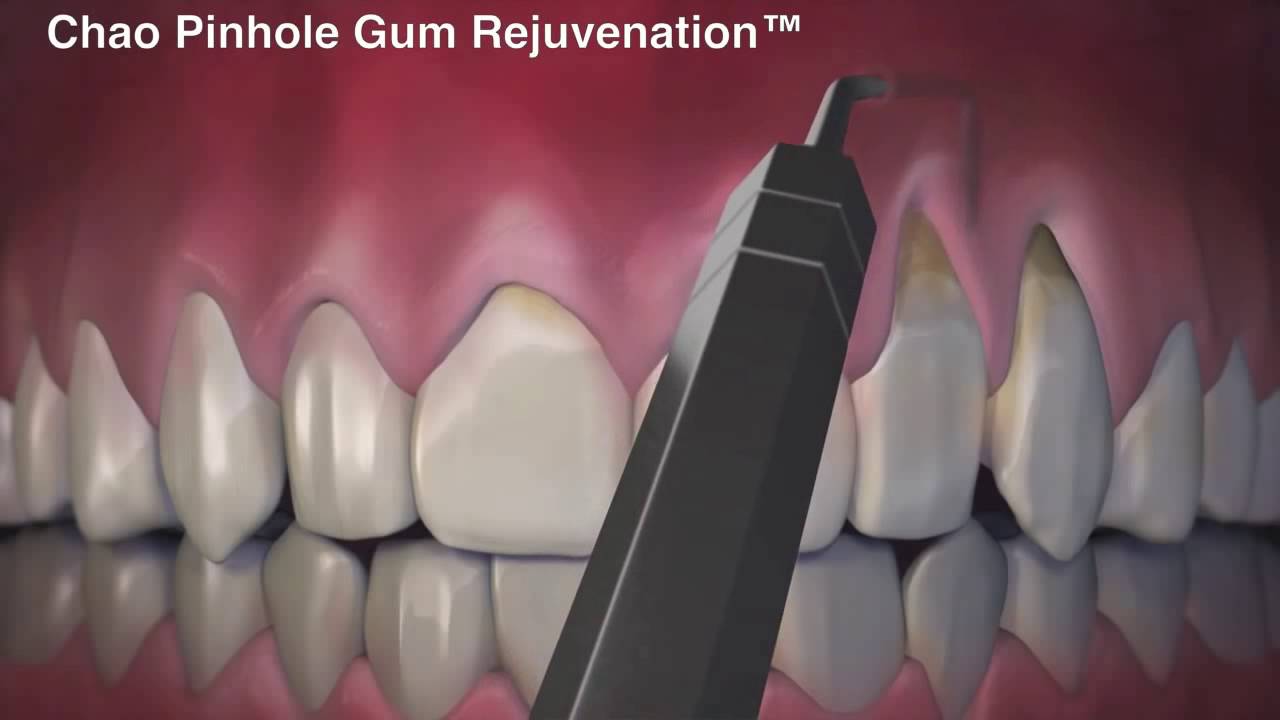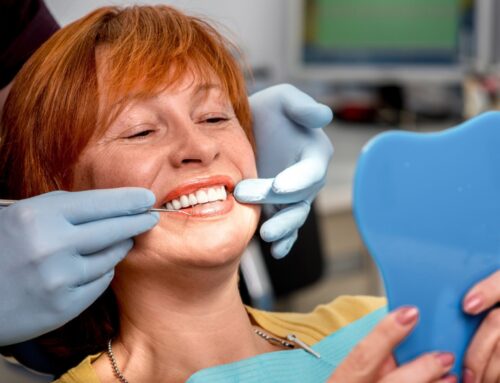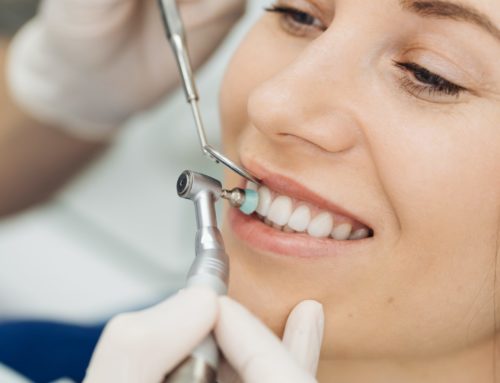Pinhole Surgical Technique as an Alternative to Gum Grafts
Most of our dental care routines focus on making sure we have clean, white teeth, but many people unfortunately don’t spend nearly enough effort to ensure that their gums are taken care of as well. Healthy gums are a major factor in determining the likelihood of tooth loss as we age, so it’s critical to do everything we can to make sure our gums stay healthy and strong.
In the event that you do experience receding gums or gum loss, your dentist will recommend a procedure to restore and repair the gums back to a healthy state.
Typically, this procedure would be what is known as a gum graft. Although this procedure is commonplace, and the outcomes are consistently successful, it’s a lengthy procedure that involves a long recovery which can be quite painful. Fortunately, dental science has advanced over the years and a new method for treating receding and damaged gums has been introduced that is far less invasive than a typical gum graft, results in less pain, and a quicker recovery so the impact on your daily life is minimized. This newer procedure is known as the Pinhole Surgical Technique, or PST for short.
In this article, we will take the time to explain the steps involved in both types of procedures and will also outline the key differences and advantages that the pinhole technique brings to the treatment of your gums. Before we get to the details of the procedures, however, we feel that it’s very important to understand the root causes of why some people experience gum recession and gum loss, as there can be many reasons why they experience these effects.
Causes of Gum Recession and Gum Loss
For some people, gum recession can simply be a matter of genetics. If you have a family dental history that includes gum recession, you may be predisposed to the condition. Fortunately, with proper planning and treatment, you can delay and slow the advent of gum recession and minimize its effects. Early recognition of the risks of gum recession make prevention and treatment much easier, and also helps to make your dentist and hygienist aware that you may be more likely to develop the condition over time.
Other common causes of gum recession include overly aggressive brushing and flossing of the teeth. While you may feel like you’ve got to scrub those teeth really hard or dig deep with floss to get them clean, the reality is that you may be damaging the gums and causing them to recede. Using a soft-bristled toothbrush combined with a gentle technique for brushing and flossing, while still being thorough, is the recommended approach.
On the other side of the spectrum, poor or infrequent dental hygiene practices can also lead to gum recession and loss. Ineffective brushing, failure to floss regularly, and otherwise ignoring good dental habits is a major cause of periodontitis, also known commonly as gum disease.
There are also some types of medications that can have potential side effects which include gum recession. It’s important to thoroughly understand the potential effects of any medication you take, so be sure to consult with your doctor and health care professionals regarding the prescriptions you are given for any health conditions you may be experiencing.
In any case, whenever the gums have receded to the point where it becomes a significant health concern that cannot be addressed with an improvement in oral care habits and typical dental treatments, a surgical procedure is usually considered to be the best option to address the problem and prevent the possibility of tooth loss. Now, let’s examine the two most common methods to treat receding gums, and how they differ.
Explaining the Gum Graft Procedure
A gum graft is a simple procedure in its concept. Essentially, a healthy section of gum tissue is surgically transplanted to replace the damaged or diseased gum tissue in the mouth. While this approach is straightforward and has a long history of success for treating gum loss and recession, the procedure results in a lengthy recovery, which many patients describe as a rather painful and uncomfortable experience. A typical recovery time for a gum graft procedure is around 2-4 weeks, depending on the size of the graft and the complexity of the procedure.
If there are multiple areas that need to be treated, then multiple grafts will be required. In these cases, one graft will be performed at a time, which means the process can take much longer to be complete than some people would anticipate. Each graft must be completely healed before the next procedure can be done.
Gum grafts are sometimes the only option for patients who are faced with other extenuating circumstances affecting their treatment that make other procedures not viable. For example, in patients that have extremely thin gum tissue, a gum graft may be necessary to thicken the gum tissue enough to achieve the desired results.
Explaining the Pinhole Surgical Technique
The Pinhole Surgical Technique (PST) is drastically different in approach and methodology than a typical gum graft. With the PST, a very small hole incision is made in the section of gums to be treated. Through that hole, the dental surgeon will use special instruments to manipulate and push the gum tissue in to the desired position. Once this is done, the surgeon will then insert specially crafted collagen supports to bolster the gums and provide support, ensuring that the gums remain in place.
It should be noted that not all patients will be candidates for the Pinhole Surgical Technique. There are some restrictions that may prevent a particular patient from being able to receive the procedure. Patients must have no active diseases, and the bone structure in the area must be healthy and strong. Your dentist will perform a complete exam and determine if you are a viable candidate for this procedure before offering it as an option.
Be sure to watch this YouTube video by John Chao on Pinhole Gum Rejuvenation, that explains the difference between the traditional gum graph vs the pinhole technique.
Benefits of the Pinhole Surgical Technique
As you can probably expect, the pinhole technique to repair receding gums has many notable advantages over a traditional gum graft. First, since a tiny pinhole is used to perform the procedure, there is no large incision to close, and the time needed to heal is much shorter. In addition, the results are virtually immediate. Patients will visibly notice a significant improvement in just one day following the procedure. Multiple teeth can be treated in just one session using the pinhole technique.
Conclusion
Gum loss can be a discouraging problem to deal with for many people, as it has a direct impact on your appearance and as such can have a significant effect on self-confidence, in addition to the accompanying health concerns. Fortunately, if you have experienced apprehension in the past about having your gum loss treated because of the nature of the gum graft procedure, you should consider having a consultation with a dentist who specializes in the Pinhole Surgical Technique.
The team at Georgian Dental® are experts in the PST procedure to repair receding gums and would be happy to provide you with a free, no-obligation consultation. We will answer any of your questions and concerns and perform a thorough examination to determine the best treatment options for you.
Contact us today to arrange your appointment and begin the process of improving your oral health and treating gum recession.
Appointment Request
If you’re interested in any of our procedures, and would like to meet with one of our dentists to discuss options, costs and get additional information, complete this short form and we’ll give you a call to arrange for a no-obligation appointment at our Barrie clinic.









